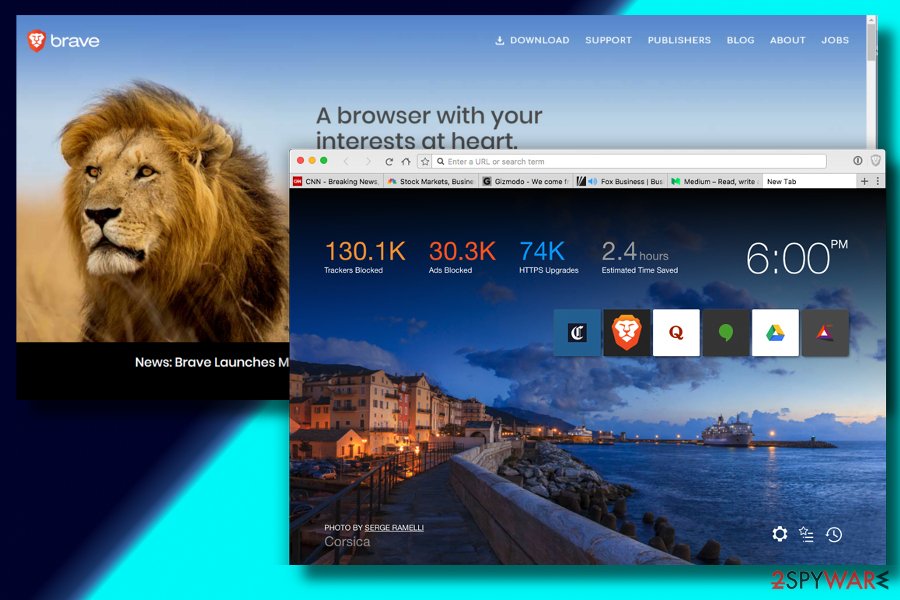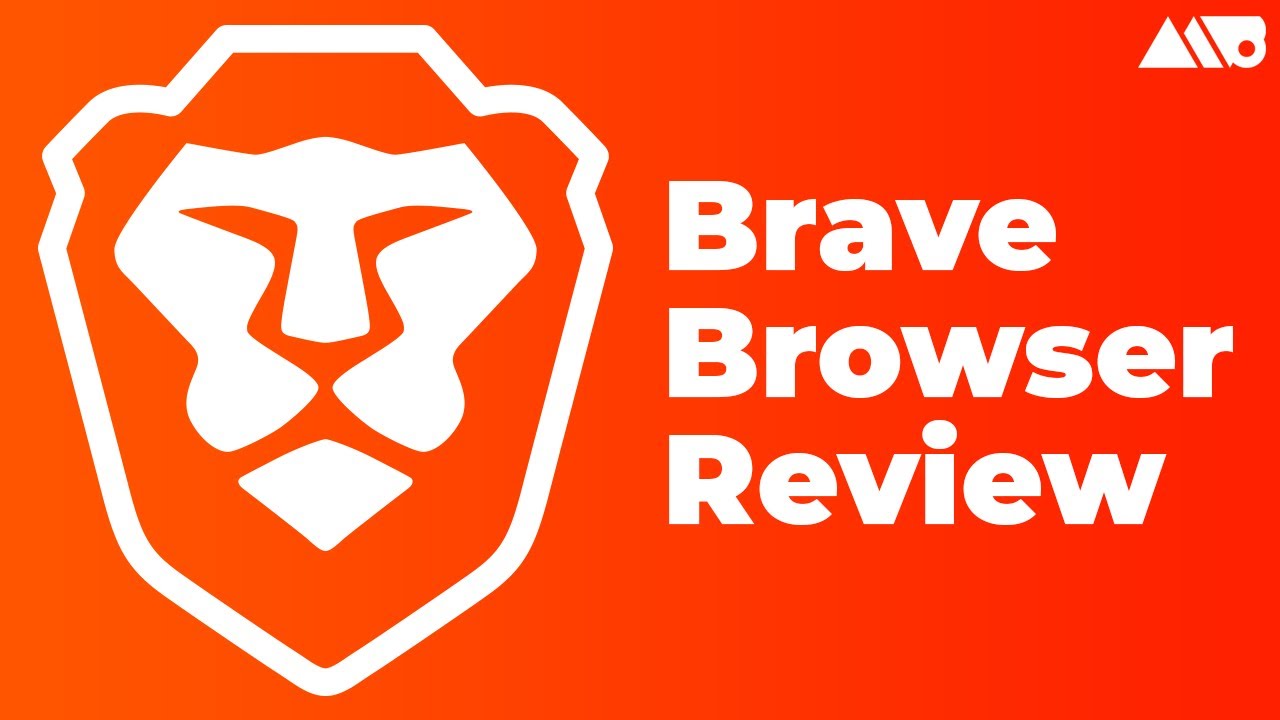

The selected repositories were used in similar studies : Scopus, ACM Digital Library, IEEE Xplore, Science Direct. Finally, a summary of them and conclusions are presented. Once the relevant articles are obtained, pertinent data is extracted and analyzed to answer the RQ. Then, articles are selected based on inclusion/exclusion criteria. After selecting the sources, the search term is used to obtain the articles. The search term was: (web OR website) AND ("cross-browser" OR "cross browser" OR crossbrowser) AND (test OR testing OR defect OR failure OR issue) AND (technique OR method OR tool).įig. Successive searches were conducted, adjusting the parameters to improve the results. What challenges are presented when implementing the tests approaches?ĭiagram of the protocol used for this review.įor the search terms, keywords were extracted from the RQ. What are the proposed tools to detect cross-browser incompatibility? What are the proposed cross-browser compatibility testing techniques? We believe that a summary of the state of art will aid works in this line of investigation. The research questions (RQ) will guide the process and the findings will answer the raised questions. The goal is to analyze scientific articles related to cross-browser compatibility, focusing in the proposed techniques and tools. The selected methodology is the systematic literature review (SLR), proposed by Kitchenham and Charters. Finally, our conclusions are presented in Section 7.

Section 6 contains discussions on findings, research trends and threats to validity. A list of related works is presented in Section 5. Section 3 lists the selected articles, Section 4 presents the analysis. The selected methodology is detailed in Section 2. We also include an updated pool of articles and an additional research line that helps to understand better how the testing tools and techniques were validated. This work constitutes the continuation of a previous work published in CACIC 2017, and it includes new content regarding the discussed testing techniques and documented challenges. We propose this study in cross-browser compatibility testing through a systematic literature review, aimed to find: testing techniques, implemented tools and new challenges. While the state of the art grows and diversifies, the need to systematically summarize these solutions arises. In the last years, many researchers have proposed techniques and tools to perform compatibility testing. There are test tools in the market, like CrossBrowserTesting or BrowserStacks, but they produce screenshots that require visual inspection by a user.

A website has cross-browser compatibility if it is interpreted in the same way by all of the browsers. It is impossible to test a web application in all of the web browsers that exist in the world, and in all operating systems. Browser compatibility is a website’s capability that makes it work correctly in a certain number of web browsers. One of the developer’s tasks is to provide an accepted user experience to every user.
#Rbrowser review code#
However, the differences between each browser and the way they interpret the website source code may cause incompatibility defects. Due to websites distribution, based on the client-server architecture model, users can access any site from many types of web browsers, from different platforms and devices. When developing a website, one of the goals is that it has to be visualized by many users worldwide.


 0 kommentar(er)
0 kommentar(er)
